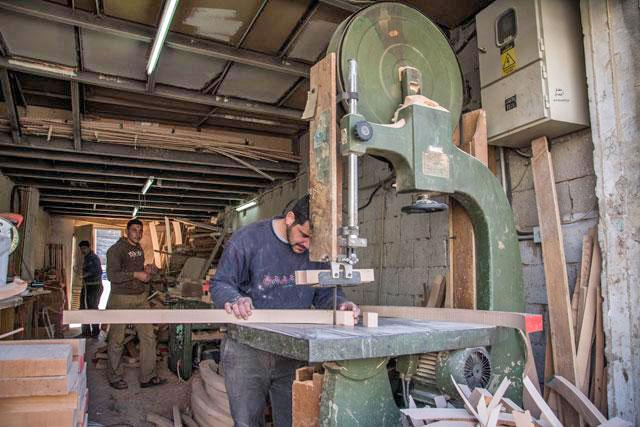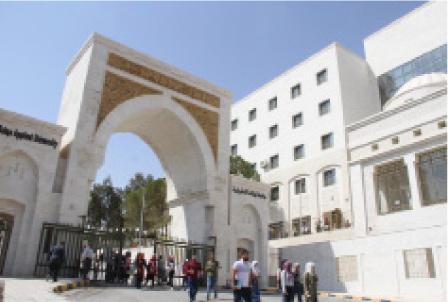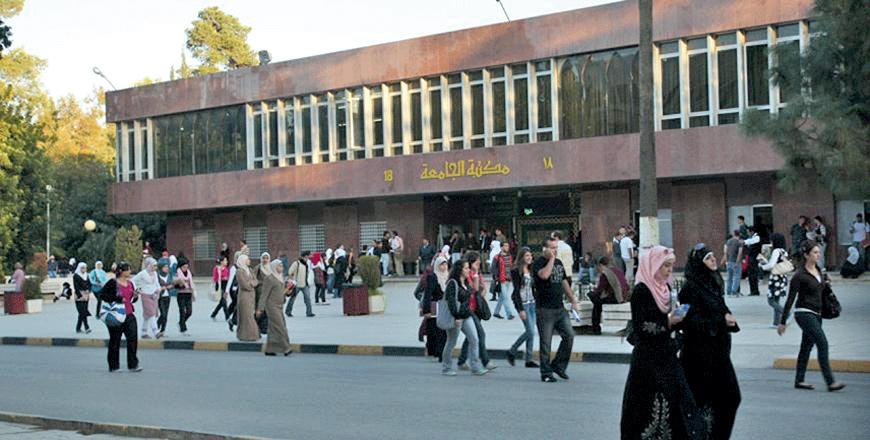You are here
Unemployment up slightly in 1st quarter of 2019
By Elizabeth Turnbull - Jul 27,2019 - Last updated at Jul 27,2019

Unemployment rates have increased by 0.6 per cent during the first quarter of 2019, reaching 19 per cent in total, according to the Department of Statistics (Photo by Amjad Ghsoun)
AMMAN — Unemployment rates have reached 19 per cent for the first quarter of 2019, with the unemployment rate at 29 per cent for females and at 16 per cent among males, according to a report issued by the Department of Statistics (DoS).
Unemployment rates have increased by 1.1 per cent among women and by 0.4 per cent among men, rising 0.6 per cent in total during the first quarter of this year compared with the same period last year, according to DoS.
“Tangible solutions to combat unemployment can be achieved through programmes focusing on funding small- and medium-sized companies,” economist Mazen Irsheid told The Jordan Times on Saturday, calling on the government to also focus on increasing direct foreign investments which, he claimed, have decreased in recent years.
"Ranking at 104 among 190 economies on the Ease of Doing Business Index, Jordan struggles to attract new investments. The capital investment percentage of GDP is at a 16-year-low of 23 per cent," Irsheid said.
Due to high fuel prices, high costs of setting up investment projects, and high costs of living in Jordan, the purchasing power of the citizen has been eroded and investment flows slowed, according to Irsheid.
The economists also explained that the high interest rates on loans reflect negatively on an investor’s ability to set up a project, meaning the creation of fewer jobs.
“The rising unemployment in Jordan is a complex issue,” Director of the Phenix Centre for Economic Studies Ahmad Awad, told The Jordan Times on Saturday.
“In order to address this problem and significantly reduce unemployment, the government must move in more than one direction," he said.
Unemployment rates are high among those with university degrees, at 78 per cent for females and 26 per cent among males with a bachelor’s degree or higher, according to DoS.
The highest unemployment rates were recorded among young people between the ages of 15 and 19 and 20 to 24-year-olds with respective unemployment rates of 49 per cent and 39 per cent.
Fifty-nine per cent of the total male labour force consisted of men with less than secondary educational qualifications, while 67 per cent of the total labour force among females had a bachelor’s degree or higher, according to DoS. It also stated that 60 per cent of males and 64 per cent of females who are employed are between the ages of 20 and 39.
Awad called for reconsidering the educational system and shifting the focus to non-expansion of university education, but to the expansion of middle, technical and vocational education.
Awad suggested that employment-intensive sectors should be stimulated and supported by reducing various direct and indirect taxes in order to lift the national economy.
Awad also proposed that social security contributions be redacted as “they are high compared with the benefits that the social security system provides to subscribers.”
While supporting entrepreneurship, digitization and start-ups is important, Awad said that an overemphasis on these areas while overlooking other policies will not sufficiently reduce unemployment.
Related Articles
AMMAN — The unemployment rate in the third quarter of 2019 stood at 19.1 per cent, up by 0.5 per cent compared with the same period of 2018,
AMMAN — The unemployment rate soared to 25 per cent during the first quarter of 2021, rising by 5.7 points compared with the same period in
AMMAN — Unemployment in Jordan reached 18.6 per cent in the third quarter of 2018, up by 0.1 per cent from the same period of last year, the


















